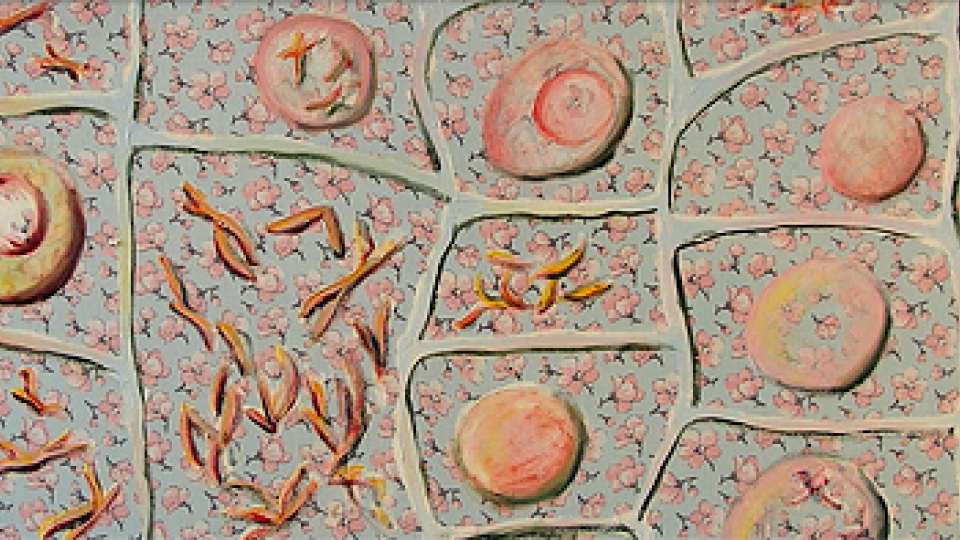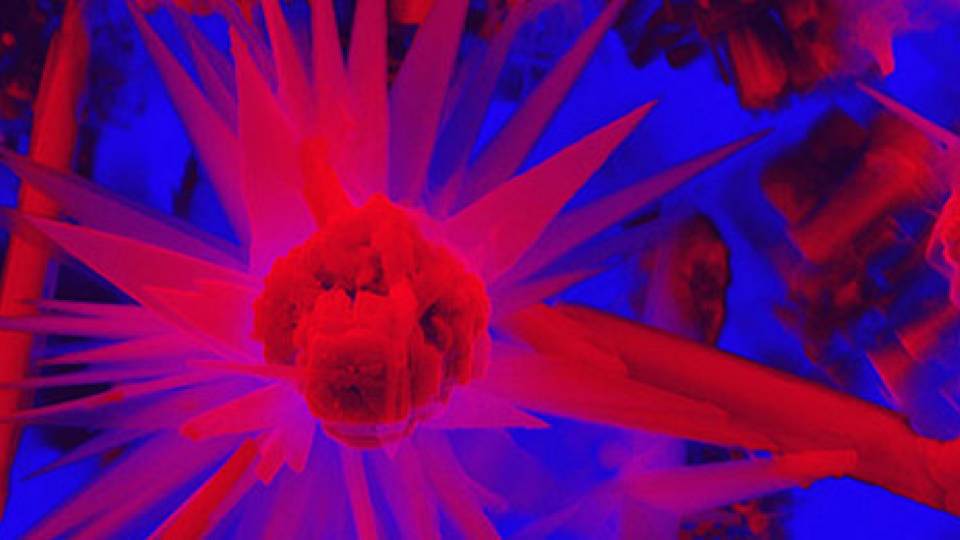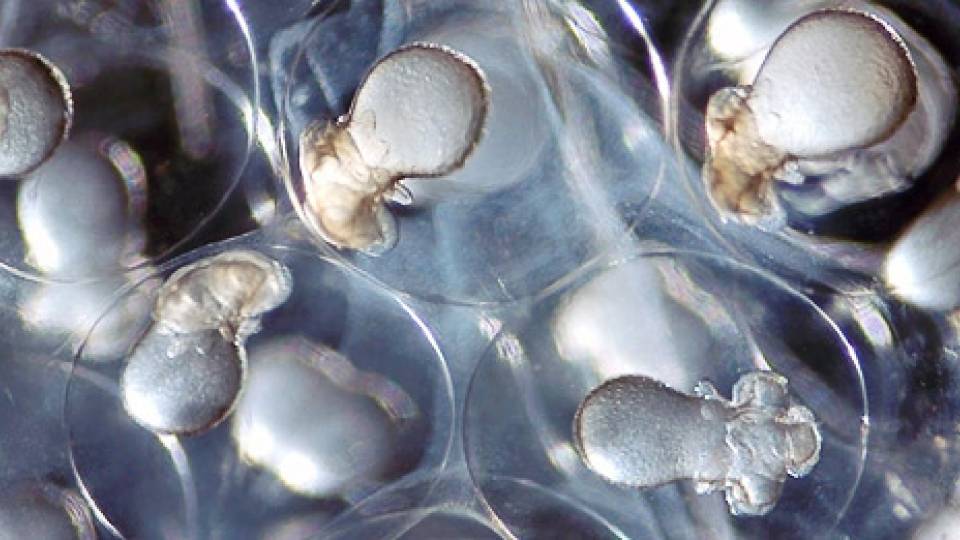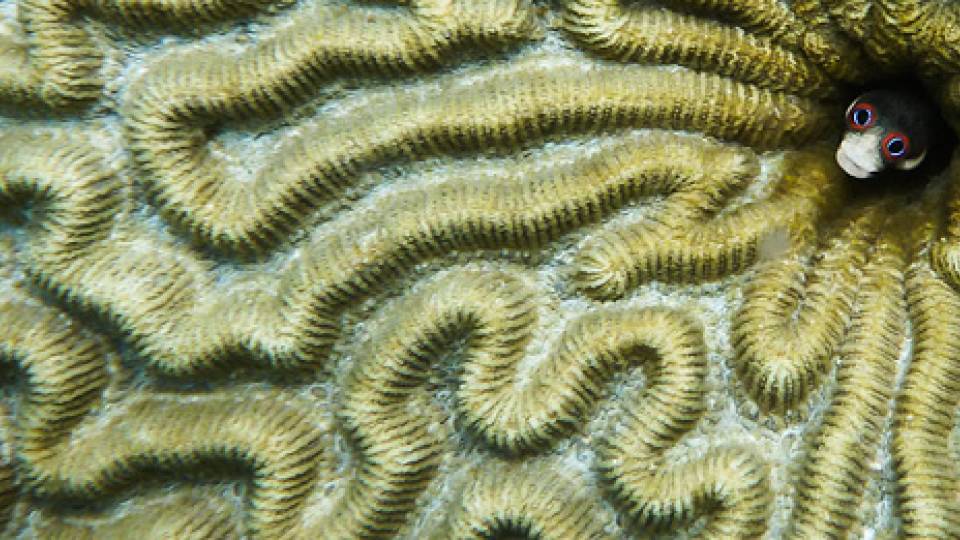Members of the University community are invited to submit digital images for the "Art of Science" competition, which this year focuses on the theme of "energy, broadly defined."
The deadline for entries is 11:59 a.m. Monday, April 12. There is no cost to enter the competition.
"Given Princeton's deep strengths in cross-disciplinary energy research and the recent establishment of the Andlinger Center for Energy and the Environment, we felt that energy would be a terrific topic for 'Art of Science' 2010," said Adam Finkelstein, associate professor of computer science and a co-organizer of the competition.
Co-organizer Andrew Zwicker, head of science education at the Princeton Plasma Physics Laboratory (PPPL) and lecturer in the Princeton Writing Program, said energy is arguably the most important concept in all of science.
"Nearly every system is defined by how it regulates the production and consumption of energy, whether it is as small as a single-cell organism or as large as a galaxy," Zwicker said. "On a more practical scale, how this country consumes and produces energy is not only a crucial scientific question but it is also clearly a political and sociological one. For all of these reasons and more, it seemed particularly appropriate to choose energy as the theme for the 2010 'Art of Science' competition."
The organizers are soliciting images made in the course of scientific research that have aesthetic value. This "found art" might include photographs from a microscope or a telescope; photographs taken for purposes of field research; images generated by computer simulations; 3-D renderings of data sets; and data plots. It also may include photographs of physical objects related to science, such as a piece of equipment.
Entries should be scientific images created during an actual research project, rather than art that is inspired by science.
Jurors for the competition include Princeton President Shirley M. Tilghman; David Dobkin, dean of the faculty; Paul Muldoon, chair of the Lewis Center for the Arts; Emmet Gowin, photographer and professor of visual arts in the Lewis Center; and James Steward, director of the Princeton University Art Museum.
Cash prizes will be given to the top three winners of the competition: $250 for first place, $154.51 for second; and $95.49 for third. These amounts are derived according to the golden ratio, a mathematical proportion that has been found in aesthetically pleasing designs, from seashells to ancient Greek temples.
Sponsors of the competition are the Andlinger Center for Energy and the Environment, the School of Engineering and Applied Science, PPPL, the Lewis Center and the Office of the Dean for Research.
The awards will be announced at an opening reception Friday, May 7, in the Friend Center, where images selected from the competition will remain on display for a year. Works chosen for the "Art of Science" also will be featured in an online gallery. Submission information can be found at the "Art of Science" website.
For media inquiries about the 2010 competition, contact Teresa Riordan.





